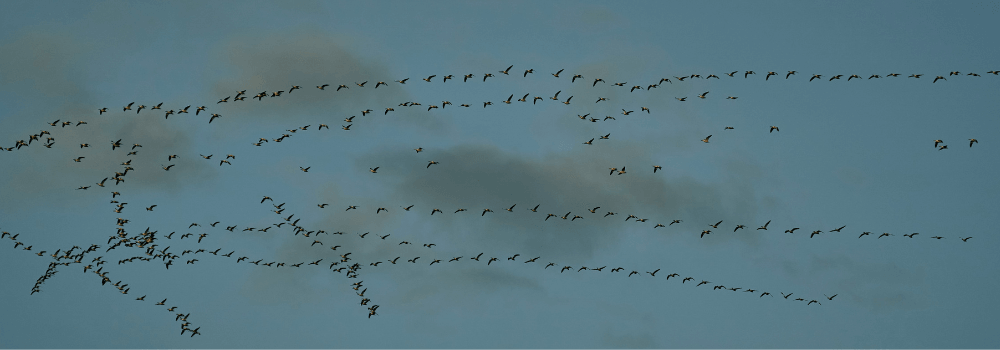What Is a Bird Strike and Why Does It Matter?
A bird strike is a collision between an aircraft and one or more birds. These incidents typically happen during take-off, landing, or low-altitude flight—when aircraft are most vulnerable. While often overlooked by the public, bird strikes can have serious safety, operational, and financial consequences for the aviation industry.
According to the International Civil Aviation Organisation (ICAO), bird strikes cause over $1.2 billion in damages globally each year. The FAA reports over 14,000 bird strike incidents in the US alone annually, and this number is likely underreported in many countries.
How Do Bird Strikes Damage Aircraft?
Birds can impact any part of an aircraft, but certain areas are more vulnerable:
- Engines: Birds sucked into jet engines can cause engine failure, which is particularly dangerous during take-off and landing.
- Windshields: Collisions with birds can crack or shatter cockpit windows, impairing visibility and posing safety risks to crew.
- Wings and fuselage: Damage here can compromise structural integrity or interfere with onboard systems like sensors and navigation equipment.
One of the most well-known incidents was the “Miracle on the Hudson” in 2009, when a flock of geese disabled both engines of US Airways Flight 1549, forcing the aircraft to land in the Hudson River. Fortunately, all passengers survived, but the event highlighted just how dangerous bird strikes can be.
Environmental and Operational Factors
Bird strikes tend to happen around airports due to environmental factors such as:
- Proximity to wetlands, lakes, or landfills
- Bird migration patterns
- Changes in urban development or landscaping
Airports located near migratory routes or nesting grounds face greater risks. Increased air traffic and aircraft movements also raise the likelihood of bird encounters.
Strategies to Prevent Bird Strikes
The aviation industry uses a mix of technology, wildlife management, and policy to mitigate risks:
- Radar and avian detection systems: Some airports deploy bird detection radar to monitor avian movement in real-time.
- Habitat modification: By managing grass length, removing food sources, and altering landscaping, airports can make the environment less appealing to birds.
- Use of deterrents: Trained birds of prey, loud noises, and visual deterrents (like reflective objects or lasers) are used to scare birds away from runways.
- Flight planning: Airlines may alter routes during migratory seasons based on wildlife data to avoid known bird concentrations.
Despite these efforts, bird strikes remain a persistent risk due to the unpredictability of wildlife behaviour.
The Staffing Angle: How Bird Strikes Influence Aviation Recruitment
As bird strikes increase, so does the demand for skilled professionals across the Aerospace & Aviation sector. Roles like Aviation Safety Officers, Aircraft Maintenance Engineers, and Wildlife Management Specialists are vital in ensuring flight safety and implementing risk mitigation strategies.
This has opened up new recruitment opportunities. As a specialist technical recruiter, VHR supports airlines and aviation authorities in finding talent capable of addressing these unique environmental and engineering challenges. Our global reach ensures we can place the right people in the right roles, even in highly regulated or high-risk sectors.
Future Challenges and the Role of Innovation
Climate change, urban expansion, and the increasing number of flights globally mean that bird strike incidents are likely to rise. Innovations such as AI-integrated radar systems, automated drones for wildlife monitoring, and data analytics for migratory prediction will become essential tools in future risk management.
Engineers, aviation professionals, and airport operators must adapt quickly, making recruitment for these roles more critical than ever. Those entering or working in the industry will find opportunities not only in traditional aviation roles but also in new, interdisciplinary roles that blend environmental science with aerospace technology.






